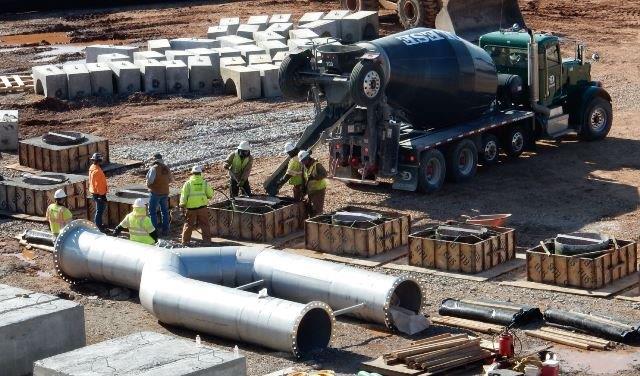
The earliest models were bored by hand, but machinery was soon invented that was more efficient at hollowing the logs.Įdward Wegmann wrote that in the cities of New York, Philadelphia, Boston, and Detroit pipes were dug up that were perfectly sound having been laid a hundred years before. The bark was usually removed but not always. Wooden pipes were made from spruce, yellow pine, oak, etc., and were usually about 12 feet long. We recently saw a section of wooden water pipe in an antique store and were thrilled to have discovered it. The Romans used lead pipes for distributing water and later during the Middle Ages logs with holes drilled through them and connected end to end and later lead pipes came into use again.īy the early 20th century, water pipes were made of steel, cast iron, wrought iron, lead, wood, vitrified clay (think terra cotta), or even cement or concrete. The earliest pipes that conveyed water included stone blocks with cylindrical holes cut through and earthen pipes, often encased in masonry. In commercial applications, all piping systems are labeled.I was recently asked by a reader what type water access her ancestors might have had in 19th century London, and I thought the question was something we might explore further as a supply to water is essential in running a home. PVC connections are made by using a primer that softens the PVC and then applying PVC glue that melts the joints and pipe together. CPVC pipe should always be clearly labeled if used for potable (drinkable) water. Schedules 40 is common for pipes used in water distribution. PVC also comes in a variety of thicknesses, called schedules. For example, purple pipe with black lettering is sometimes used for reclaimed water. You can often tell what it is used for by the colors and marks on the pipe. PVC pipe is often white but it can also come in other colors. PVC is also very common in pool and spa systems. Of the different types of plastic pipe used for water supply, PVC pipe has a wide variety of plumbing uses but is mostly used for drainage PVC is rarely used in potable water applications, and in many jurisdictions it is not considered safe for drinking. PVC is an acronym that stands for polyvinyl chloride. M copper tube is used in heating applications and isn't allowed for water lines in some jurisdictions because it cannot withstand high pressure water. K copper is used in underground applications and high pressure situations. Copper can be connected in different ways, including compression fittings, push-fit fittings, or sweat-soldering. Depending on the city you live in or commercial versus residential applications, copper is still used widely over CVPC and PEX tubing.Ĭopper comes in different thicknesses which are labeled M, L, and K. Due to the price of copper and the longer labor needed to install, many builders have switched to alternative water distribution piping, especially PEX. More recently, various forms of plastic have replaced copper as the favorite, though copper pipes and fittings are still widely available. Copper plumbing pipes can last for up to 50 years, but as it ages, copper thins out, eventually leading to pinhole leaks. Copper piping works in both underground and above-ground applications, but copper can be affected by some soils and it should have a protective sleeve if used underground.įor many years, copper was the gold standard for water supply pipes, as galvanized steel fell from favor.



Although once used in gas piping, this is no longer allowed in some jurisdictions. The Spruce Home Improvement Review BoardĬopper pipe is mostly used for hot and cold water distribution, as well as being regularly used in HVAC systems for refrigerant lines.


 0 kommentar(er)
0 kommentar(er)
